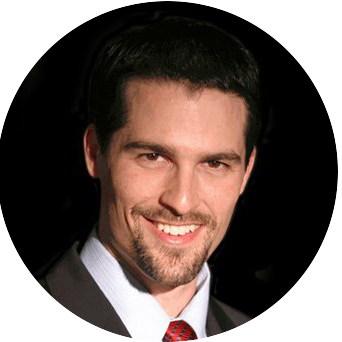If you move away from equities with age, are you making a mistake? For some time, financial professionals have encouraged investors to lessen their exposure to the stock market as they get older. After all, a 60-year-old has less time to recover from a market downturn than someone decades away from collecting Social Security checks.
Is that conventional thinking flawed? It might be. It isn’t simply a matter of looking at the future; you may also want to look at the past.
What’s the price of playing not to lose? It could be significant – at least in terms of opportunity cost. At this moment, how many people really want to shift money into fixed-rate investments?
Obviously, bonds, CDs and money market accounts will always hold some appeal as they tout protection of principal. Aside from that sense of safety, how does a 1% or 2% return sound? The dawn of the second quarter of 2014 saw rates on 5-year CDs “bounce back” to the neighborhood of 2.25-2.5%, a far cry from the 5-6% yields of previous decades.
While the Federal Reserve is necessarily winding down its stimulus effort, Janet Yellen and other Fed officials have continued to maintain that interest rates will remain at historic lows well into 2015 and perhaps into 2016. In fact, Yellen recently commented that deflation constitutes a bigger economic hazard to the U.S. than inflation. So the question remains: “When will rates finally rise?” The answer still remains hazy.
As the Fed and the European Central Bank have been flooding the global economy with cheap money, the tame inflation of the past few years may give way to something greater. Fixed-rate investments are great tools for diversifying a portfolio, but retirees and pre-retirees with significant assets in investments yielding 1-2% will start wincing if inflation gets back to 4-5%.
The risk appetite of institutional investors seems to be increasing, and individual investors might want to pay attention to the signals. In a survey released in the first weeks of 2014 by the investment management firm BlackRock, roughly 50% of respondents indicated a desire to put money into real estate, while approximately 33% signaled a reduction in cash holdings.
Is the “glide path” strategy overrated? You may or may not have heard of this term; it refers to a gradual adjustment in asset allocation across an investor’s time horizon. With time, the asset allocation mix within the portfolio includes more fixed-income assets and fewer equities, becoming more conservative. (This is the whole idea behind target date funds.)
A 2012 article in Investment News questioned the glide path approach. Research Affiliates chairman (and former global equity strategist) Rob Arnott looked at a whopping 140 years of bond and stock market returns (1871-2011) and ran model scenarios using three different asset allocation approaches across 41 years of hypothetical retirement saving and investing. The findings?
*“Prudent Polly” saves $1,000 annually and practices “classic glide path investing,” gradually devoting more and more of her portfolio assets to bonds after age 40. This way, she winds up with an average portfolio of $124,460 at age 63 (with a $37,670 standard deviation across assorted 40-year windows).
*“Balanced Burt” also saves $1,000 annually, but he invests it in an unchanging 50/50 mix of equities and bonds across 41 years. He ends up with an average portfolio of $137,870 at age 63. In terms of deviation, his worst-case scenario, 10th percentile outcome and median outcome are all better than Polly’s.
*“Contrary Connie” saves $1,000 annually while practicing the inverse of the classic glide path strategy – her portfolio tilts more and more toward stocks after age 40. She ends up with an average portfolio of $152,060 at age 63 and her worst-case, median and best-case scenarios all give her more retirement funds than Polly’s.
As many people haven’t saved enough for retirement to begin with, they more or less have to stay in stocks or other forms of equity investment. Instead of shifting their focus from wealth accumulation to wealth preservation, they need to focus on both. Accepting more risk may be necessary as they seek suitable returns.

About the Retirement Financial Advisor
Robert Pagliarini, PhD, CFP® is passionate about helping retirees build the retirement of their dreams. He has nearly three decades of experience as a retirement financial advisor and holds a Ph.D. in retirement planning. In addition, he is a CFP® Ambassador, one of only 50 in the country, and a fiduciary. His focus is on how to help make retirement portfolios last decades while providing a steady source of income. When he's not helping people plan their retirement, he might be traveling or writing his latest book. If you would like a second opinion to see if your retirement financial plan will keep you comfortable and secure, contact Robert today.



